 POSTED ON May 11, 2023 by Arup Ratan Paul
POSTED ON May 11, 2023 by Arup Ratan Paul Best monitor for graphics designer in Bangladesh
If you're a graphics designer, you need a monitor that delivers excellent color accuracy, wide viewing angles, and high resolution. These factors are crucial for producing high-quality designs that will look great on any device or medium.
In this blog, we'll take a closer look at the best monitors for graphics designers in Bangladesh, taking into consideration the price, performance, and features of each one. We also discuss the benefits of curved monitors, the importance of color accuracy, HDR features and so on and so forth.
What kind of monitor is needed for graphics designing work?
For graphics designing work, it is important to have a monitor that provides accurate and consistent colors, sharp and detailed images, and a high resolution. Here are some of the features that a monitor for graphics designing work should have:
1) Color Accuracy: A monitor with accurate color representation is essential for graphics designing work. The monitor should have a wide color gamut and be able to display a wide range of colors. It should also be able to display colors at the correct saturation and brightness levels.
2) High Resolution: A monitor with a high resolution is important for graphics designing work, as it allows designers to see their work in greater detail. A monitor with a resolution of 1920x1080 (Full HD) or higher is recommended.
3) Contrast Ratio: A monitor with a high contrast ratio provides deeper blacks and brighter whites, which helps to enhance the overall image quality. A contrast ratio of 1000:1 or higher is recommended for graphics designing work.
4) Response Time: A monitor with a fast response time helps to reduce motion blur and ghosting, which can be particularly important for graphic designers working on animation or video projects. A response time of 5ms or lower is recommended.
5) Viewing Angle: A monitor with a wide viewing angle ensures that colors remain accurate and consistent, even when viewed from different angles. An IPS (In-Plane Switching) panel is recommended for graphics designing work, as it provides wide viewing angles and accurate color representation.
6) Size: The size of the monitor is a matter of personal preference, but a larger monitor can be beneficial for graphic designers as it provides more screen real estate to work with. A monitor with a size of 24 inches or larger is recommended for graphics designing work.
7) Connectivity: A monitor with a range of connectivity options, including HDMI, DisplayPort, and USB-C ports, is recommended for graphics designing work. This allows designers to connect their monitor to a range of devices, including laptops and desktops.
Overall, a monitor with accurate colors, a high resolution, and a range of connectivity options is essential for graphics designing work. It is important to consider your specific needs and preferences when selecting a monitor for graphics designing work.
Advantages of curved monitor
Curved monitors are becoming increasingly popular, particularly among gamers and professionals who use their computers for extended periods. There are several advantages of using a curved monitor, including:
Improved Immersion: One of the most significant advantages of a curved monitor is that it can provide a more immersive experience for the viewer. The curved screen wraps around the viewer's field of vision, creating a more natural and engaging visual experience.
Reduced Eye Strain: A curved monitor can also help to reduce eye strain, as it reduces the amount of eye movement required to focus on different parts of the screen. This can be particularly beneficial for individuals who spend long hours in front of a computer screen.
Better Viewing Angles: Another advantage of a curved monitor is that it provides better viewing angles, particularly at the edges of the screen. This means that the image remains clear and accurate, regardless of where the viewer is seated.
More Comfortable Viewing: The curvature of a monitor can also help to create a more comfortable viewing experience, particularly for individuals who suffer from neck or back pain. The curve of the screen can help to reduce strain on the neck and back, making it easier to work for longer periods.
Enhanced Gaming Experience: For gamers, a curved monitor can provide a more immersive and realistic gaming experience. The curvature of the screen can create a sense of depth and perspective, which can help to enhance the gameplay experience.
Reduced Reflections: Finally, a curved monitor can also help to reduce reflections and glare, particularly in brightly lit environments. The curve of the screen helps to diffuse the light, reducing the impact of reflections and creating a clearer image.
Details on color accuracy of a monitor
Color accuracy is a critical factor to consider when selecting a monitor for professional work, such as graphic design, photo editing, or video production. Color accuracy refers to how well a monitor can display colors that are true to life and consistent across the entire range of colors.
Color accuracy is measured using several metrics, including color gamut, color temperature, and color calibration.
Color Gamut: Color gamut refers to the range of colors that a monitor can display. The most common color gamuts are sRGB and Adobe RGB. sRGB is the standard color space used for most digital content, while Adobe RGB provides a wider range of colors that are often used in professional work. A monitor with a wider color gamut can display more colors, providing a more accurate and realistic image.
Color Temperature: Color temperature refers to the perceived warmth or coolness of a monitor's display. It is measured in Kelvin (K) and is typically set to 6500K for most professional work. A monitor with a higher color temperature can create a blue tint to the display, while a lower color temperature can create a yellow or red tint.
Color Calibration: Color calibration is the process of adjusting a monitor's settings to ensure that it displays colors accurately and consistently. Calibration involves adjusting the brightness, contrast, gamma, and color balance settings to match a specific standard, such as sRGB or Adobe RGB. Calibration should be done regularly, as the monitor's settings can drift over time.
There are several methods for calibrating a monitor, including using software, hardware, or a combination of both. A hardware calibrator is often the most accurate method, as it can adjust the monitor's settings directly.
When selecting a monitor for professional work, it is important to consider its color accuracy. Look for a monitor with a wide color gamut, a color temperature of 6500K, and the ability to calibrate its settings. By selecting a monitor with accurate and consistent color representation, you can ensure that your work is displayed as intended, with colors that are true to life and consistent across different devices.
Introduction of HDR and why it's important for designers
HDR (High Dynamic Range) is a technology that allows for a wider range of brightness and colors to be displayed on a screen. An HDR monitor is designed to display images with greater detail and more vibrant colors, providing a more immersive and lifelike viewing experience.
HDR monitors use a range of technologies to achieve this, including higher peak brightness, a wider color gamut, and better contrast ratios. These technologies work together to create images that are more vibrant, with more realistic highlights and shadows.
One of the key benefits of an HDR monitor is its ability to display a greater range of brightness levels. Traditional monitors have a limited brightness range, which can result in images that appear washed out or lacking in detail. An HDR monitor, on the other hand, can display a much wider range of brightness levels, from deep blacks to bright whites, creating images that are more vivid and lifelike.
Another benefit of HDR technology is its ability to display a wider range of colors. An HDR monitor can display more colors than a traditional monitor, providing a more accurate and vibrant color representation. This can be particularly beneficial for professionals who work with color-sensitive applications, such as graphic designers or photographers.
In addition to improved brightness and color representation, HDR monitors also offer better contrast ratios. This means that the monitor can display deeper blacks and brighter whites simultaneously, creating a more dynamic and realistic image.
Best Monitors for designers and creative professionals at Ryans
Being a popular electronics store in Bangladesh Ryans offers a range of monitors for designers and creative professionals. Here, we'll go through some of the best monitors available at Ryans for design and creative work.
Dell Ultrasharp U2720Q - This 27-inch 4K monitor features a color accuracy of 99% sRGB and 95% DCI-P3, making it an ideal choice for graphic designers and video editors. It also has a USB-C port that can charge your laptop and allow for data transfer.
ASUS ProArt Display PA248QV - This 24-inch monitor has a color accuracy of 100% sRGB and 100% Rec.709, making it an excellent choice for graphic designers and photographers. It also has a fully adjustable stand for comfortable viewing angles.
BenQ PD2700U - This 27-inch 4K monitor has a color accuracy of 100% sRGB and Rec. 709, making it an ideal choice for graphic designers, photographers, and video editors. It also has a USB-C port and a fully adjustable stand.
LG UltraFine 27UL850-W - This 27-inch 4K monitor has a color accuracy of 99% sRGB and 95% DCI-P3, making it an excellent choice for graphic designers and video editors. It also has a USB-C port that can charge your laptop and allow for data transfer.
ViewSonic VP3268-4K - This 32-inch 4K monitor has a color accuracy of 100% sRGB and Rec. 709, making it an ideal choice for graphic designers and video editors. It also has a fully adjustable stand for comfortable viewing angles.
In conclusion, as a graphic designer, investing in a high-quality monitor is essential. The mentioned models are all great options to consider when looking for the best monitor for graphic design work in Bangladesh. Each of these monitors has unique features that cater to different needs, so make sure to choose one that suits your specific requirements.
No Comments

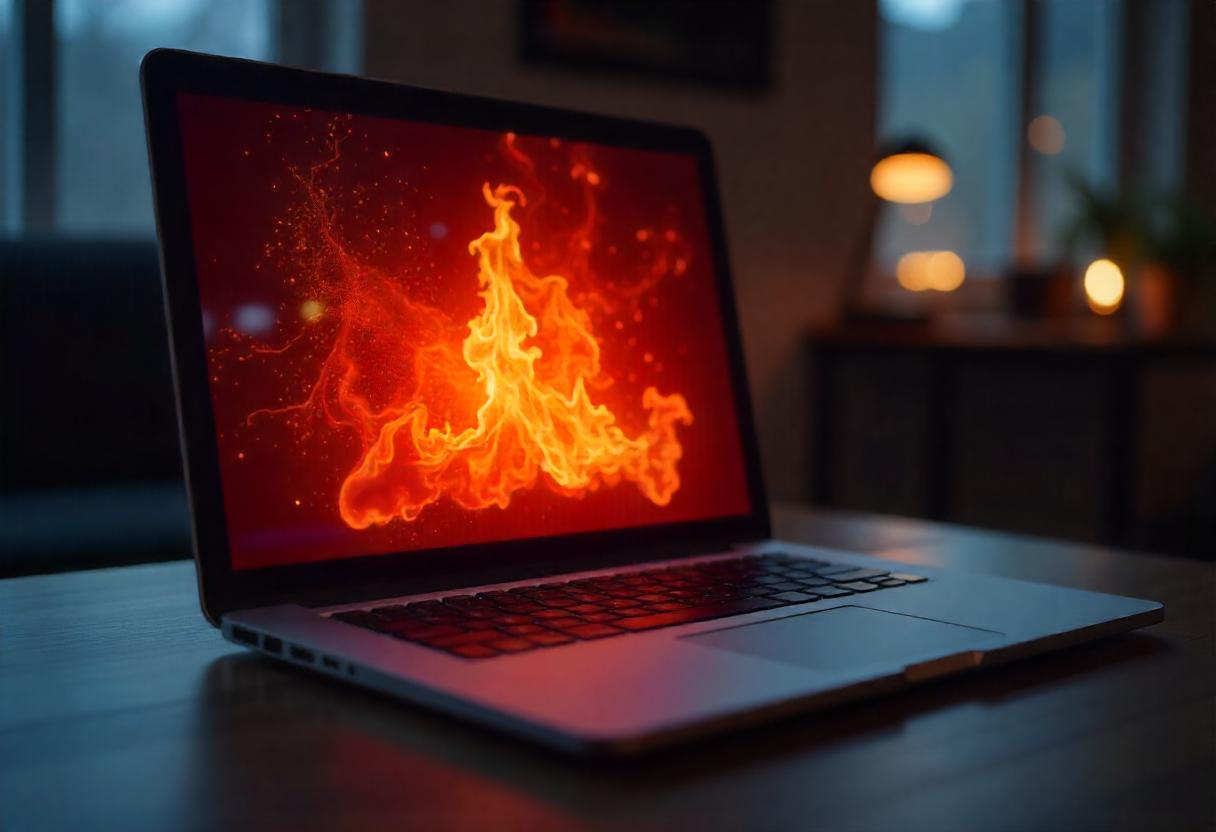
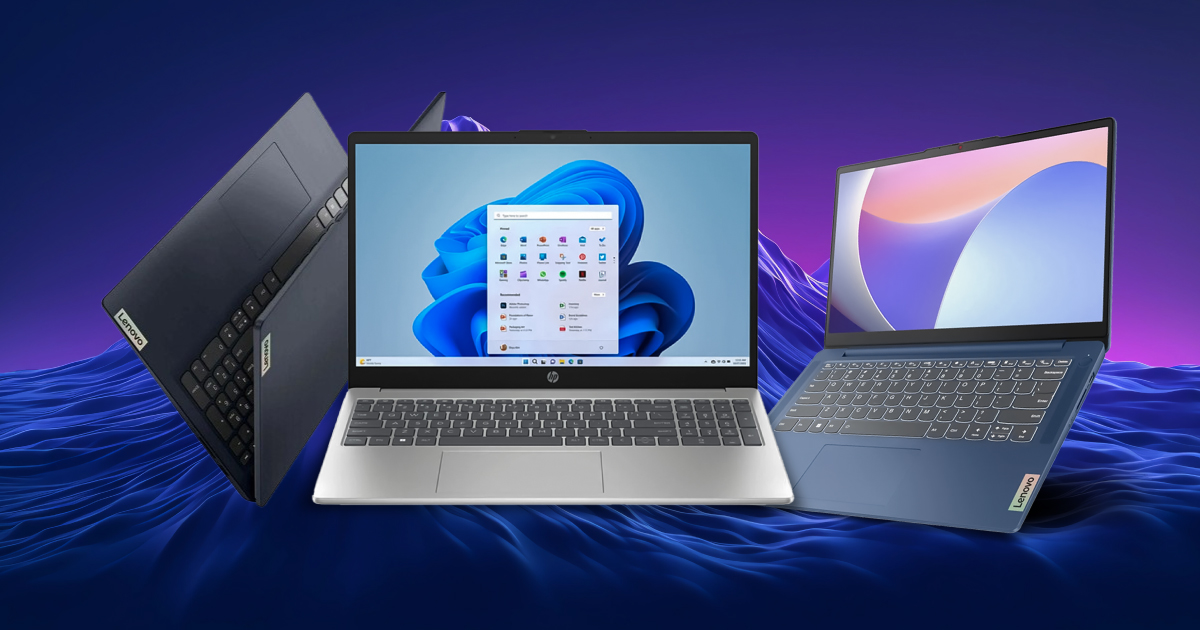
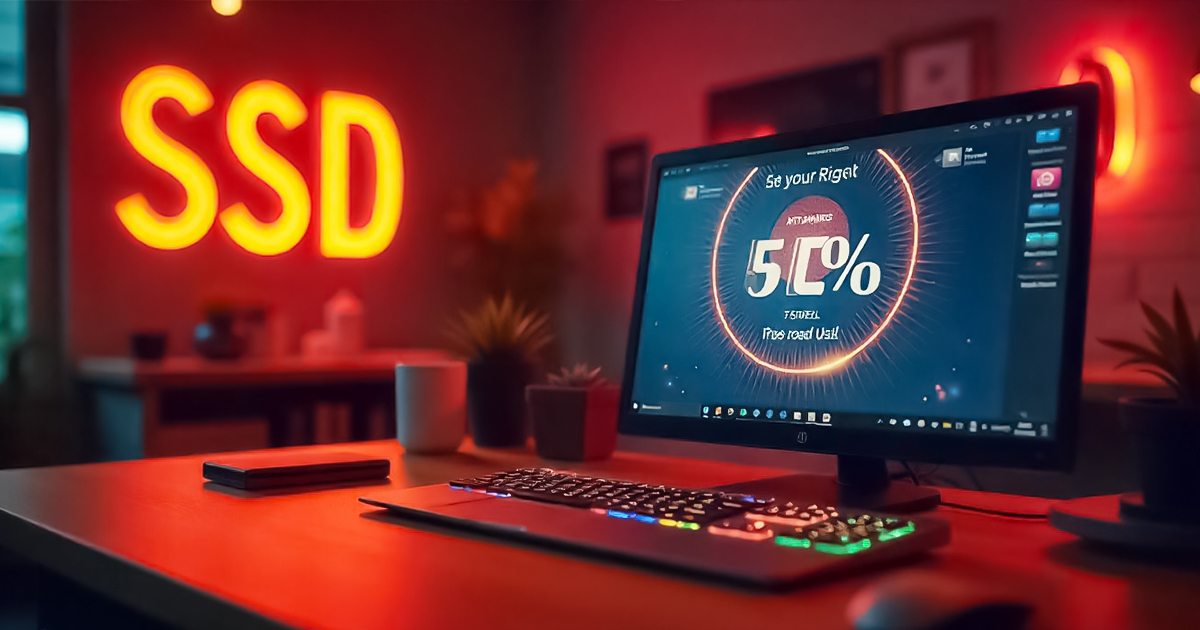
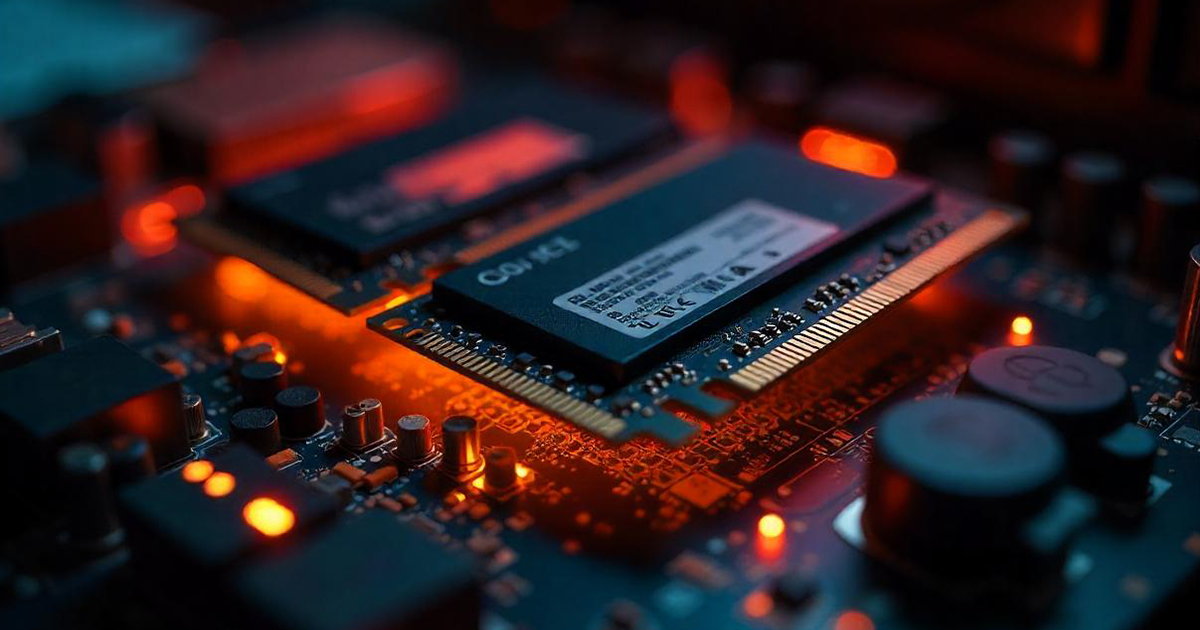
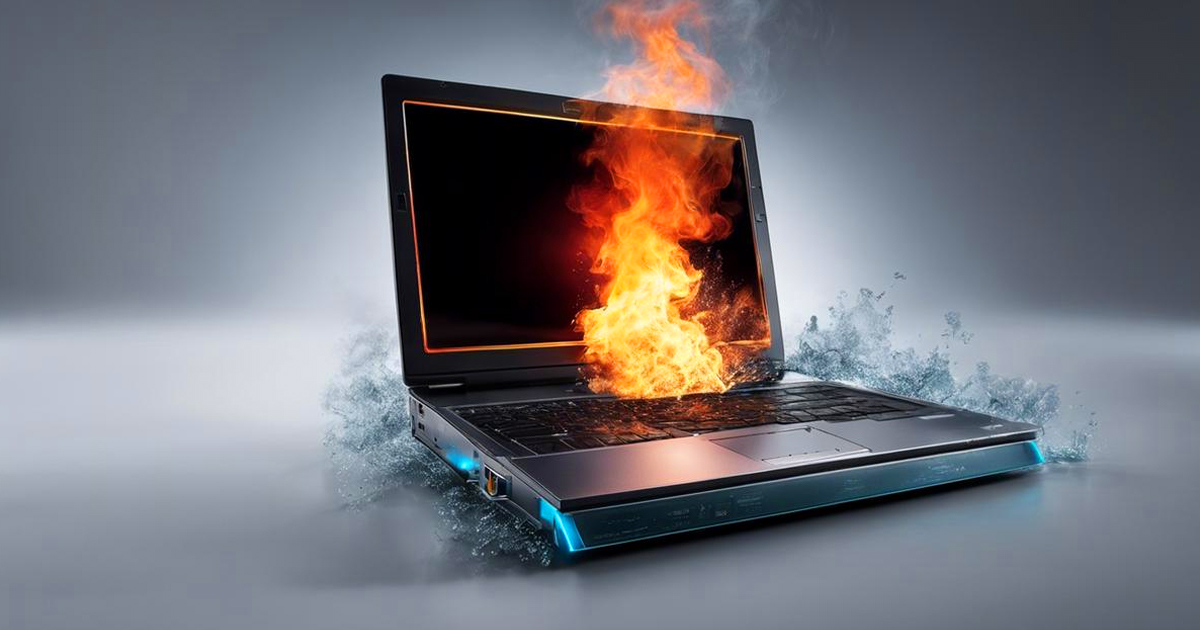
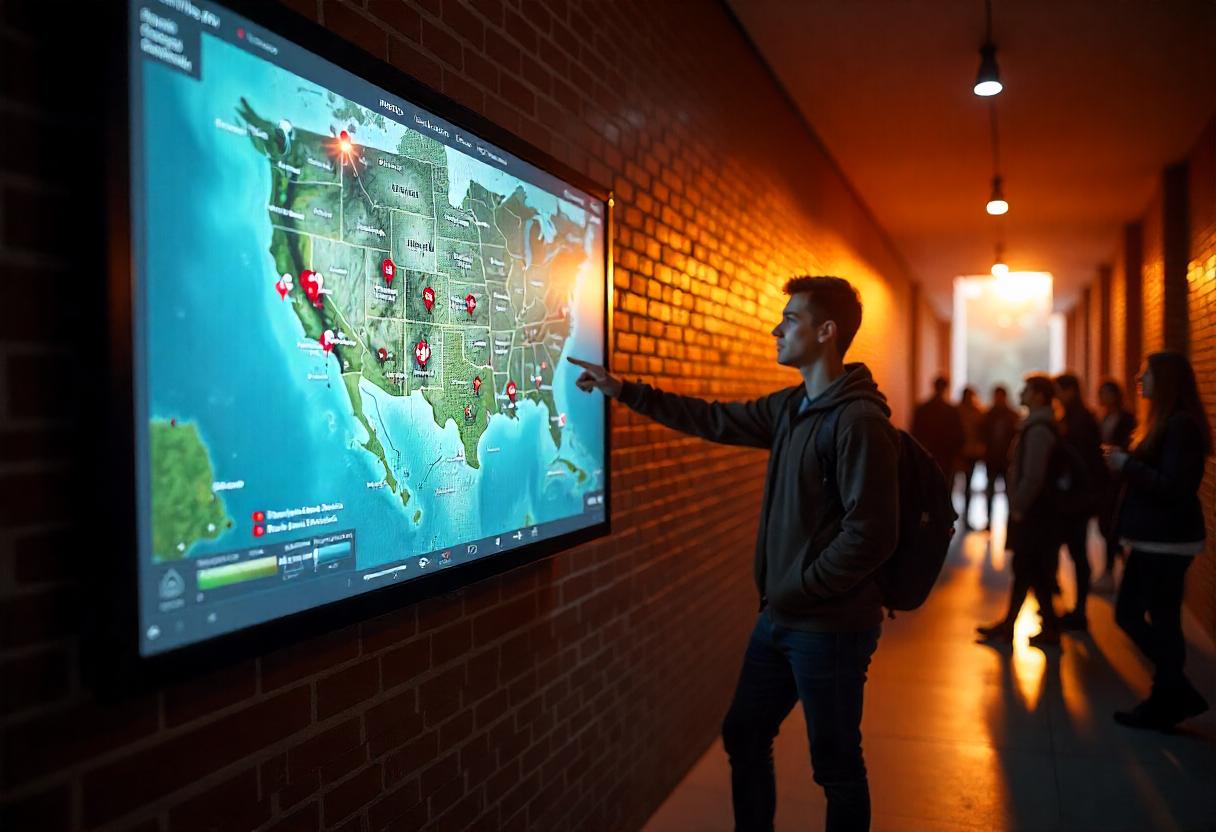
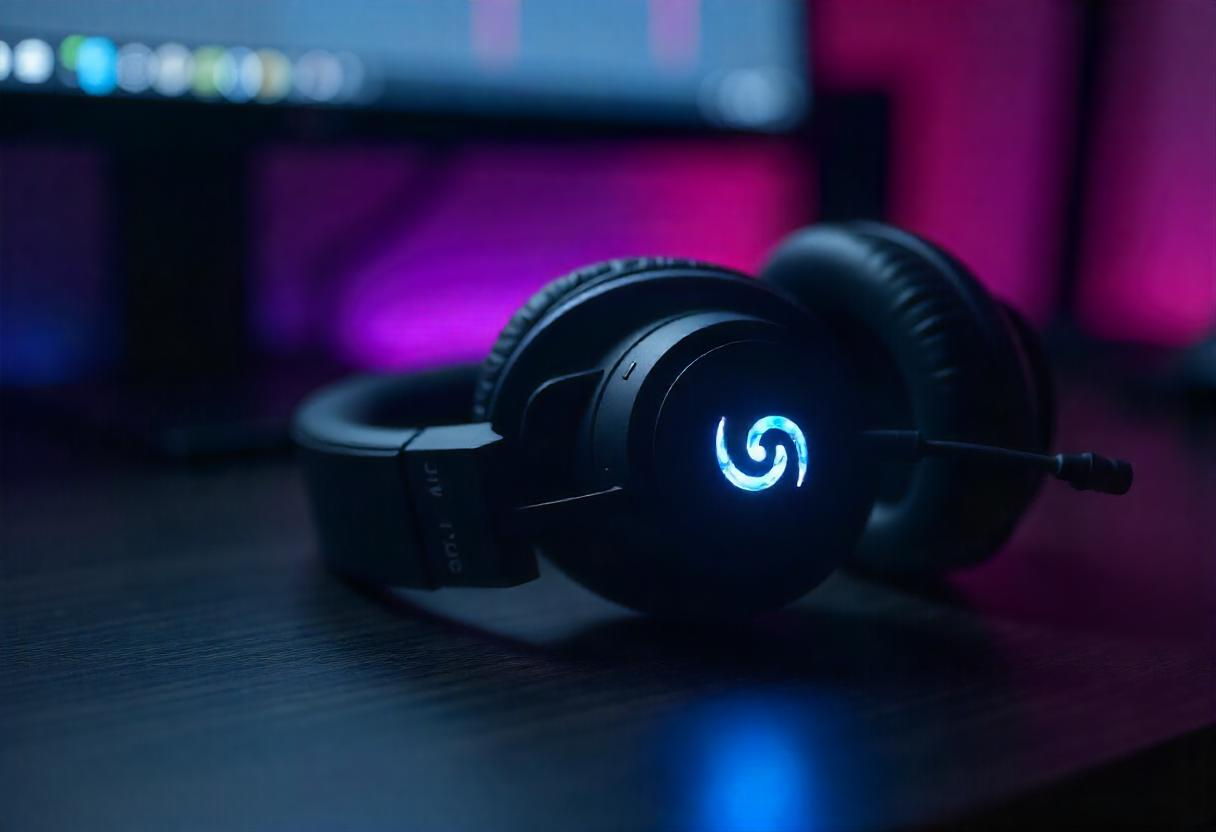
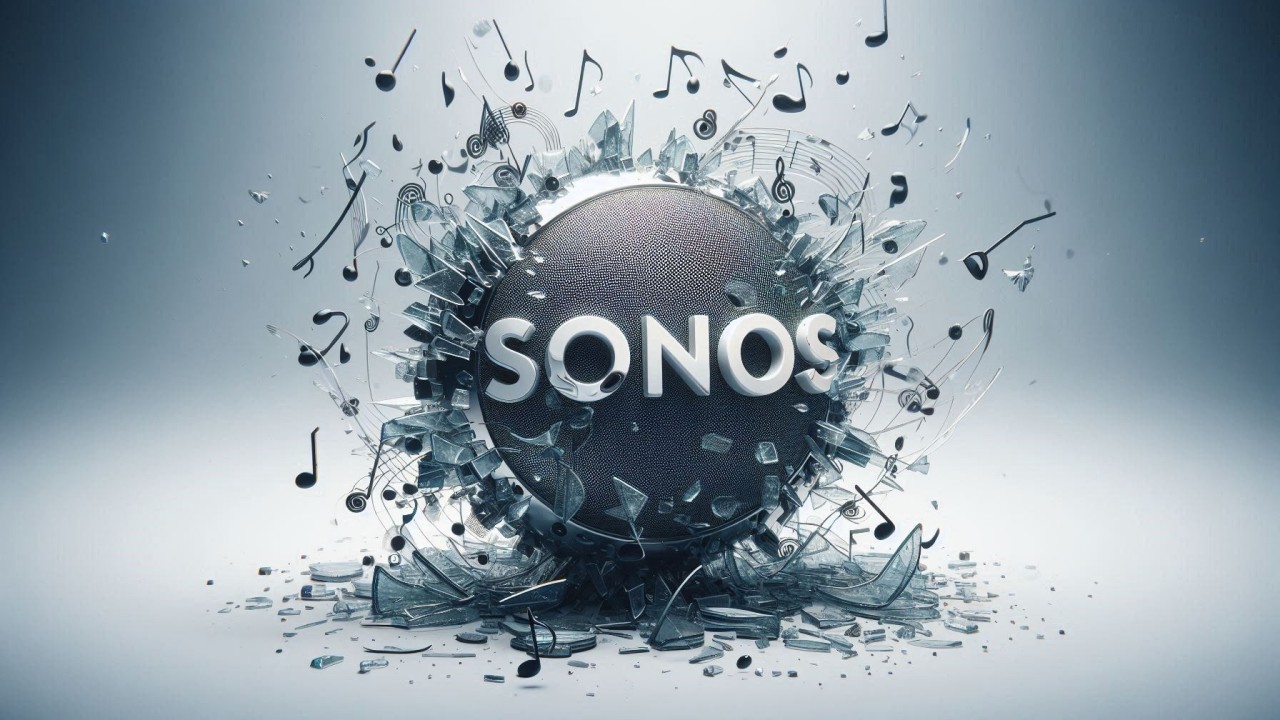
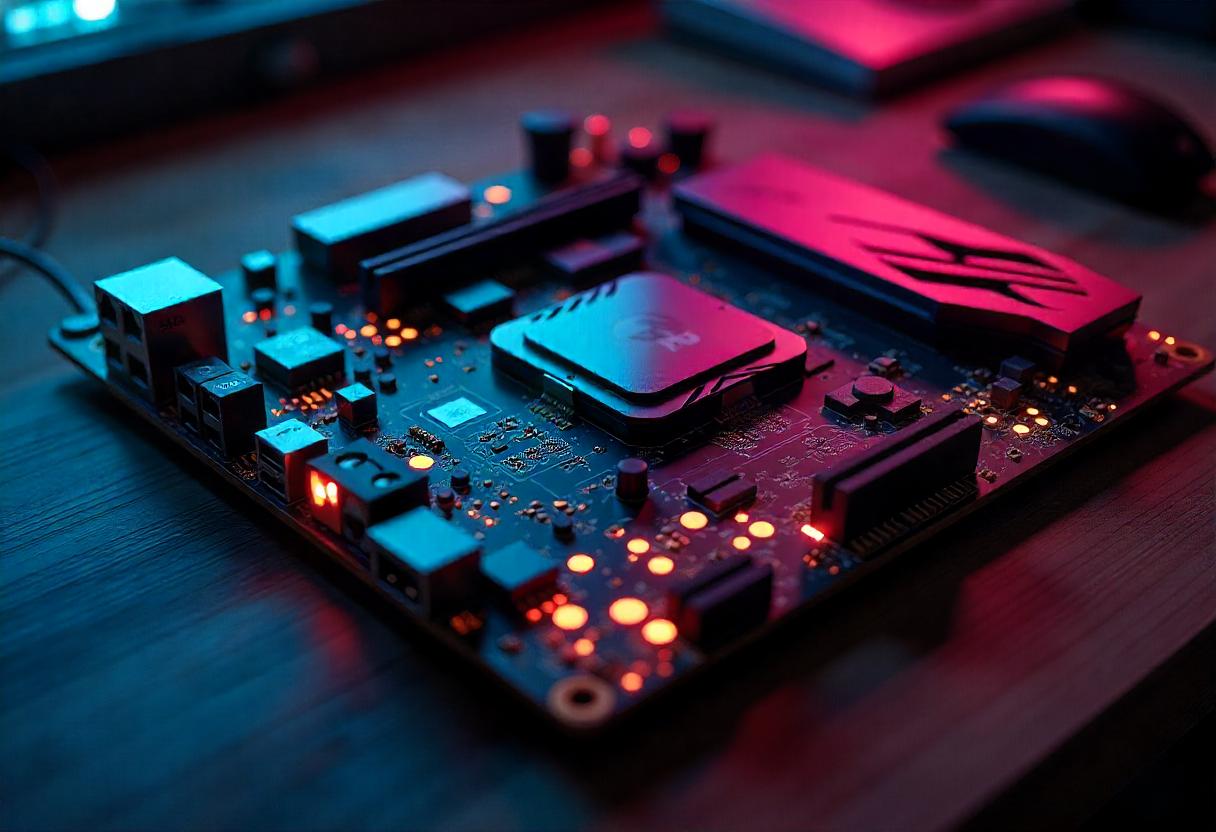

Leave a comment